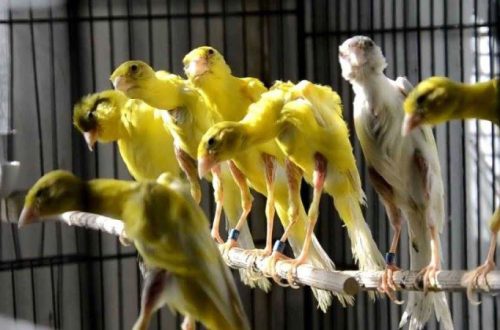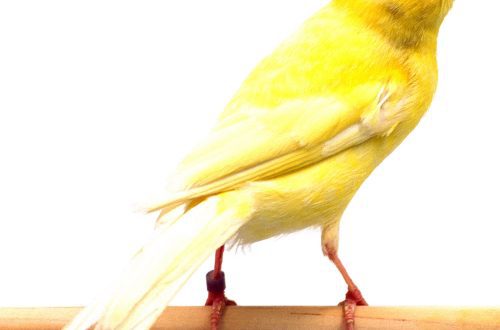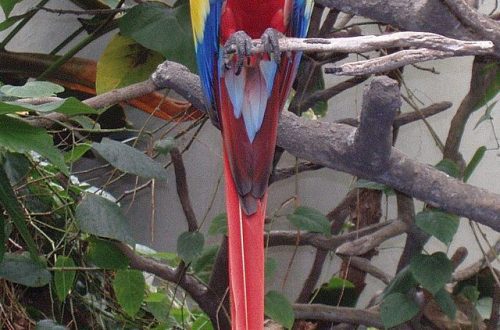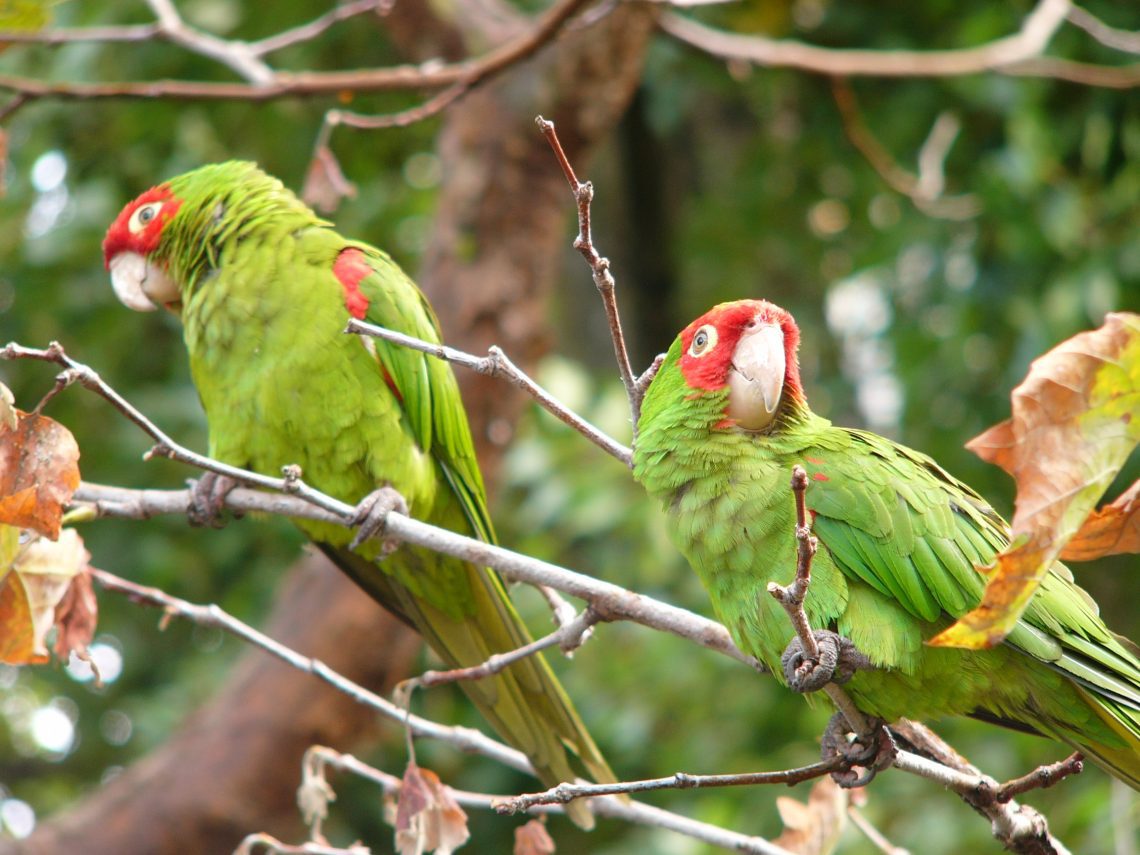
Red-headed Aratinga
Contents
Red-headed Aratinga (Aratinga erythrogenys)
Order | Parrots |
family | Parrots |
Race | Aratingi |
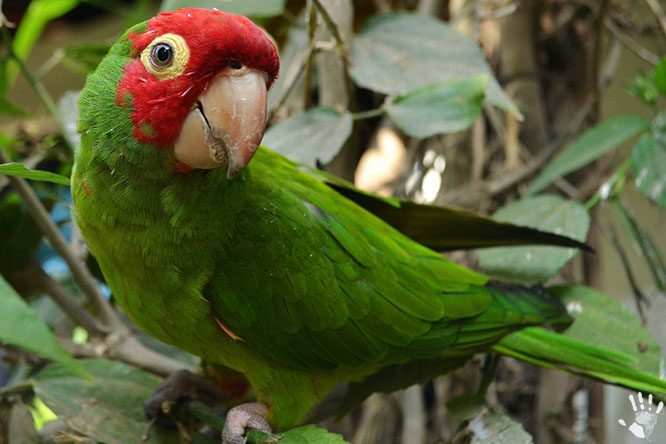
In the photo: red-headed aratinga. Photo: google.ru
Appearance of the red-headed aratinga
The red-headed aratinga is a medium-sized parrot with a body length of about 33 cm and a weight of up to 200 grams. The parrot has a long tail, a powerful beak and paws. The main color of the plumage of the red-headed aratinga is grassy green. The head (forehead, crown) is usually red. There are also red blotches on the wings (in the shoulder area). Undertail yellowish. The periorbital ring is naked and white. The iris is yellow, the beak is flesh-colored. Paws are grey. Males and females of the red-headed aratinga are colored the same.
The life expectancy of the red-headed aratinga with proper care is from 10 to 25 years.
Habitat of the red-headed aratinga and life in captivity
Red-headed aratingas live in the southwestern part of Ecuador and the northeastern part of Peru. The wild population numbers about 10.000 individuals. They live at an altitude of about 2500 meters above sea level. They prefer moist evergreen forests, deciduous forests, open areas with individual trees.
Red-headed aratingas feed on flowers and fruits.
Birds are very social and sociable among themselves, especially outside the breeding season. They can gather in flocks of up to 200 individuals. Sometimes found with other types of parrots.
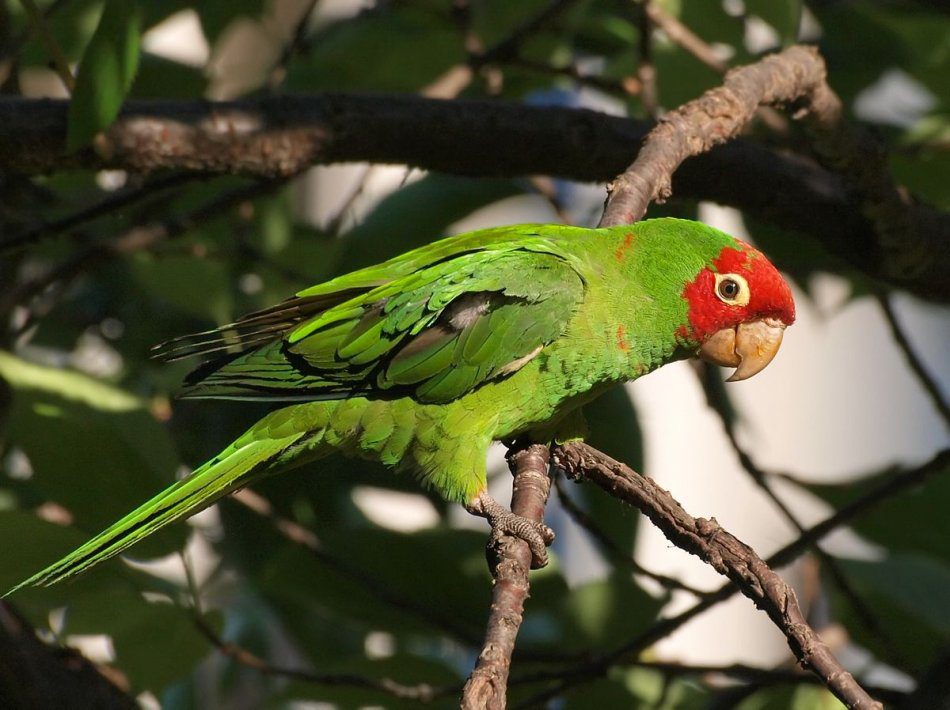
In the photo: red-headed aratinga. Photo: google.ru Reproduction of the red-headed aratinga
The breeding season for the red-headed aratinga is from January to March. The female lays 3-4 eggs in the nest. And incubates them for about 24 days. The chicks leave the nest at the age of about 7-8 weeks and are fed by their parents for about a month until they are completely independent.



